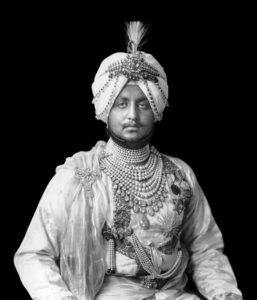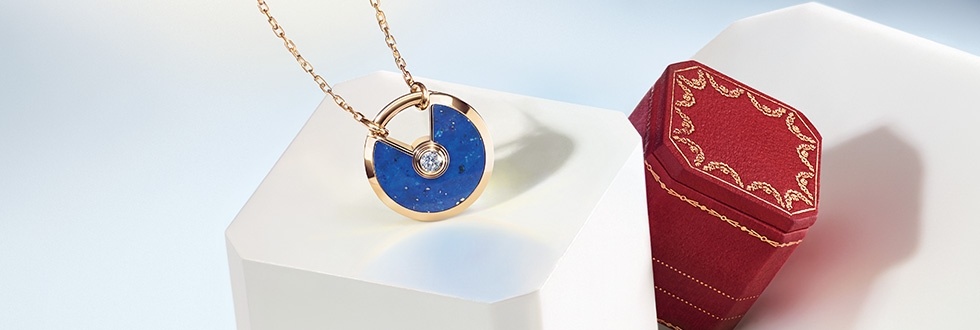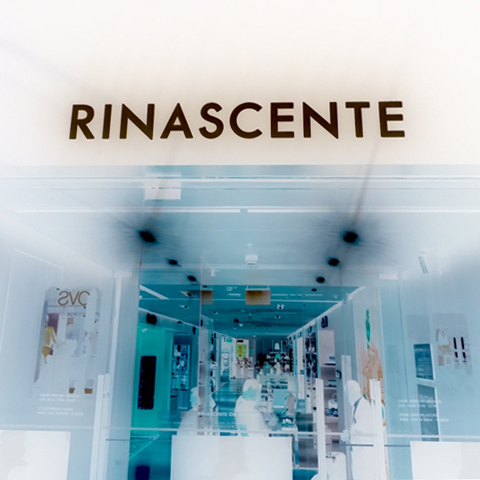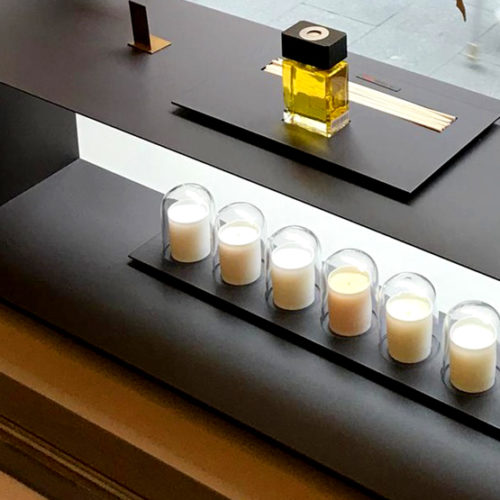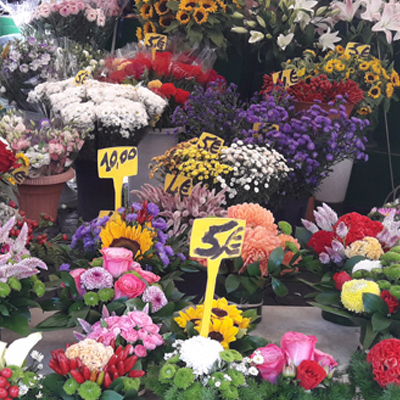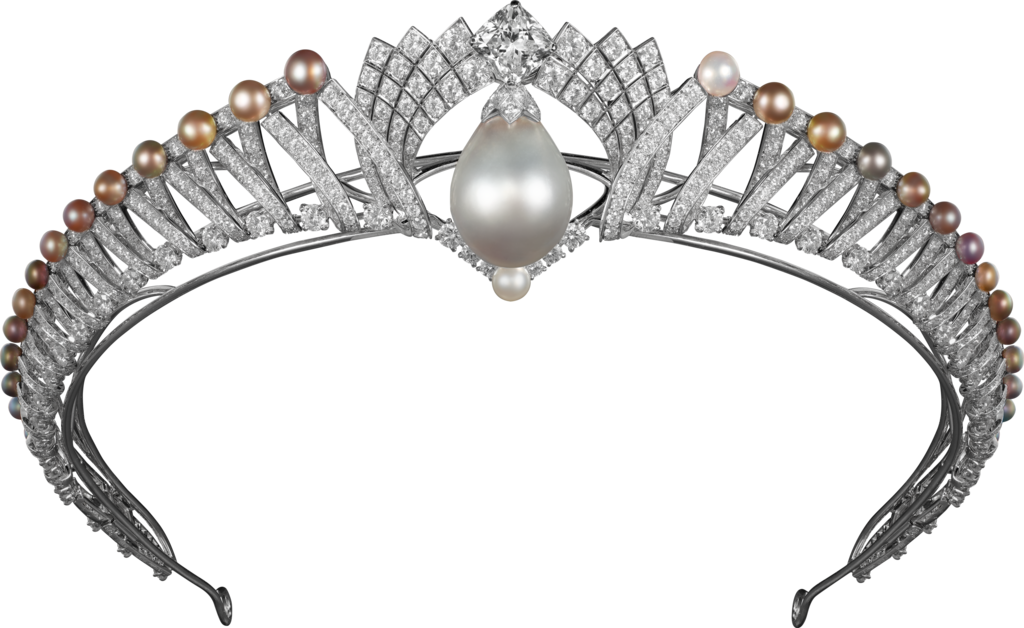
“The jeweler of kings and the king of jewelers” – King Edward VII of England
I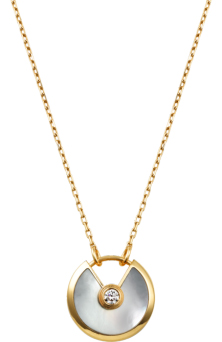 t is a beautiful spring day as I head down Via dei Condotti towards Rome’s Cartier Boutique. As I approach, the sun hits the window such that I cannot help to stop and marvel at the grandeur of the necklaces on display. One in particular catches my eye: a mother-of-pearl delicately laid in a disc of yellow gold, surrounded by a halo of diamonds with a single diamond adorning the middle. Upon closer inspection, I notice just how beautifully detailed the necklace is. A small portion of the mother-of-pearl has been cut away to create a “V” at the top of the disc. The larger diamond sits at the bottom of the “V” while two smaller diamonds accent each side of the top of the “V”. The simplicity yet elegance makes the necklace, part of the new Amulette de Cartier collection, impressive indeed.
t is a beautiful spring day as I head down Via dei Condotti towards Rome’s Cartier Boutique. As I approach, the sun hits the window such that I cannot help to stop and marvel at the grandeur of the necklaces on display. One in particular catches my eye: a mother-of-pearl delicately laid in a disc of yellow gold, surrounded by a halo of diamonds with a single diamond adorning the middle. Upon closer inspection, I notice just how beautifully detailed the necklace is. A small portion of the mother-of-pearl has been cut away to create a “V” at the top of the disc. The larger diamond sits at the bottom of the “V” while two smaller diamonds accent each side of the top of the “V”. The simplicity yet elegance makes the necklace, part of the new Amulette de Cartier collection, impressive indeed.
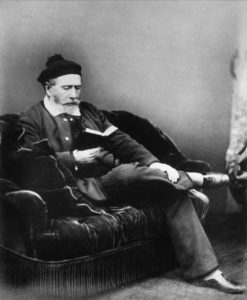
Master Jeweler Louis-François Cartier
Just like the pieces in the Rome boutique’s window, grand is the history of Cartier. Cartier was founded in Paris in 1847 by Master Jeweler Louis-François Cartier, and taken over by his son Alfred in 1874. However, it was when under the control of Alfred’s three sons; Louis, Pierre, and Jacques; that Cartier began to flourish and gain international notoriety. Their vision was to create an empire based in Paris but with sights firmly set abroad.
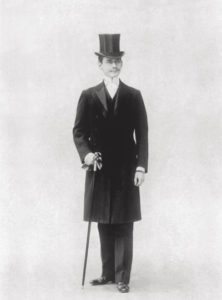
Louis Cartier
The first atelier opened in Paris in 1899 on the prestigious Rue de la Paix, which attracted famous figures from all over the world. In 1909 Jacques took control of the British boutique, on Bond Street, while Pierre moved to New York to open the first store in the United States. Rich industrialists, Broadway and Hollywood stars soon coveted Cartier‘s pieces for their unprecedented color combinations. Reds, blues, and greens mixed with the white of diamonds were sculpted into flamboyant fruit, flower, and leaf patterns. By the early 20th century,
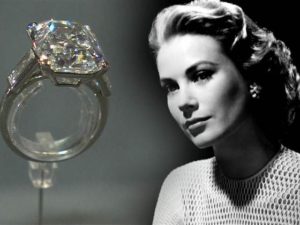
Grace Kelly’s engagement ring
Cartier had ties with many royal families and quickly became known as the “Jeweler to Kings”. Between 1904 and 1939 they received 15 royal patents, and were designing opulent and multi-colored pieces for Russian, British and Indian aristocracy, to name just a few. Some of the most recognized pieces include Grace Kelly’s 10.47 carat, emerald-cut diamond engagement ring, as well as the Duchess of Cambridge’s wedding tiara, known as the Halo Tiara, which was originally created in 1936 for Queen Elizabeth.
The brothers drew inspiration for their designs from their travels, most notably from traditional Indian gemstones and motifs. Jacques’s first trip to India in 1911 produced a wealth of ideas. He was fascinated by the diversity of India’s precious stones and intrigued by its jewelry culture. A unique fusion of eastern and western design was soon evident in Cartier’s collection. Enchanted by Cartier’s knowledge and unique style, in 1926 The Maharajah of Patiala entrusted Cartier with resetting a trunk filled with precious stones and jewelry in the Parisian style. One such necklace included the famous De Beers diamond and was, at the time, the largest and most impressive piece Cartier had ever made.
Today Cartier continues to be inspired by the mysteries of India as witnessed in the Amulette de Cartier collection. “Amulette de Cartier, an enchanting collection of colorful lucky pieces symbolizing a myriad of wishes. The collection consists of natural gemstones: Opal, Lapis Lazuli, Malachite, Carnelian, Chrysoprase, Mother-of-Pearl and Onyx – each one different and unique, each carrying a wish promising to be revealed.”—From their web site.
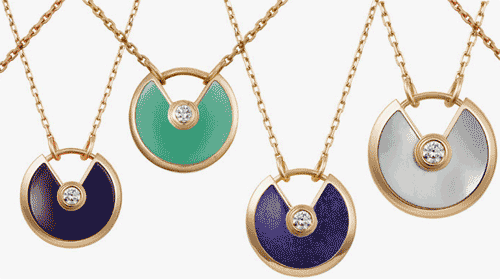
The distinctiveness of each material is evident in the collection’s array of necklaces, rings, bracelets and earrings. With further inquiry, I learn that the design is meant to be a talisman. The “V” motif set within the disc, that I first noticed when admiring the necklace in the window, makes the overall pattern reminiscent of a padlock, a symbol of luck. The vibrant green of Malachite, the richness of Snakewood, and the undulating waves of Guilloché gold all hold their own significance, allowing one to select a material or gemstone based on their wish for good fortune. Below is a brief summary of materials and their meanings.
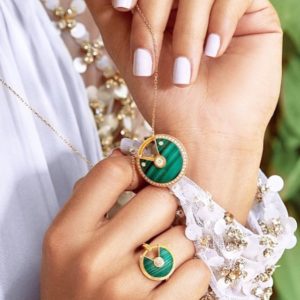 Opal – for encouraging spontaneity, imagination and creativity
Opal – for encouraging spontaneity, imagination and creativity
Lapis Lazuli – for wisdom and wealth
Malachite – for luck and hope
Carnelian – for clear decision-making, direction, ambition and drive
Chrysoprase – for creative spirit, encouraging acceptance and strength in times of flux
Mother-of-Pearl – for intuition and imagination
Onyx – for purity, strength and beauty amidst chaos
Snakewood – for reassurance
Guilloché gold – for energy and radiance
Unlock your wish at Rome’s Cartier Boutique located at Via dei Condotti, 83. Open Monday – Saturday 10:30– 19:00 and Sunday 11:00 – 19:00.
Cartier Boutique
Via dei Condotti, 83
Tel. 00 39 06 69 67 51
http://www.cartier.it/
